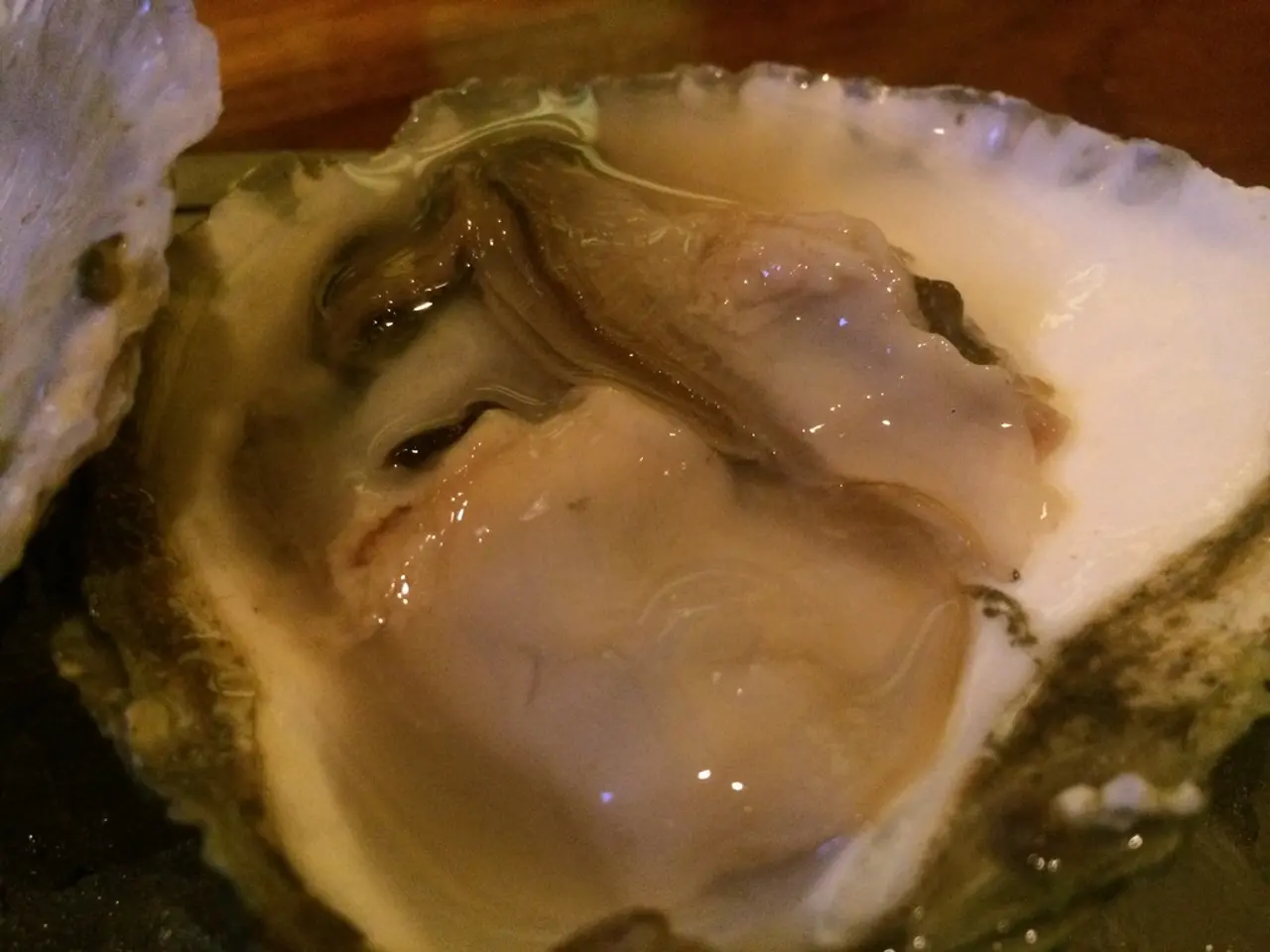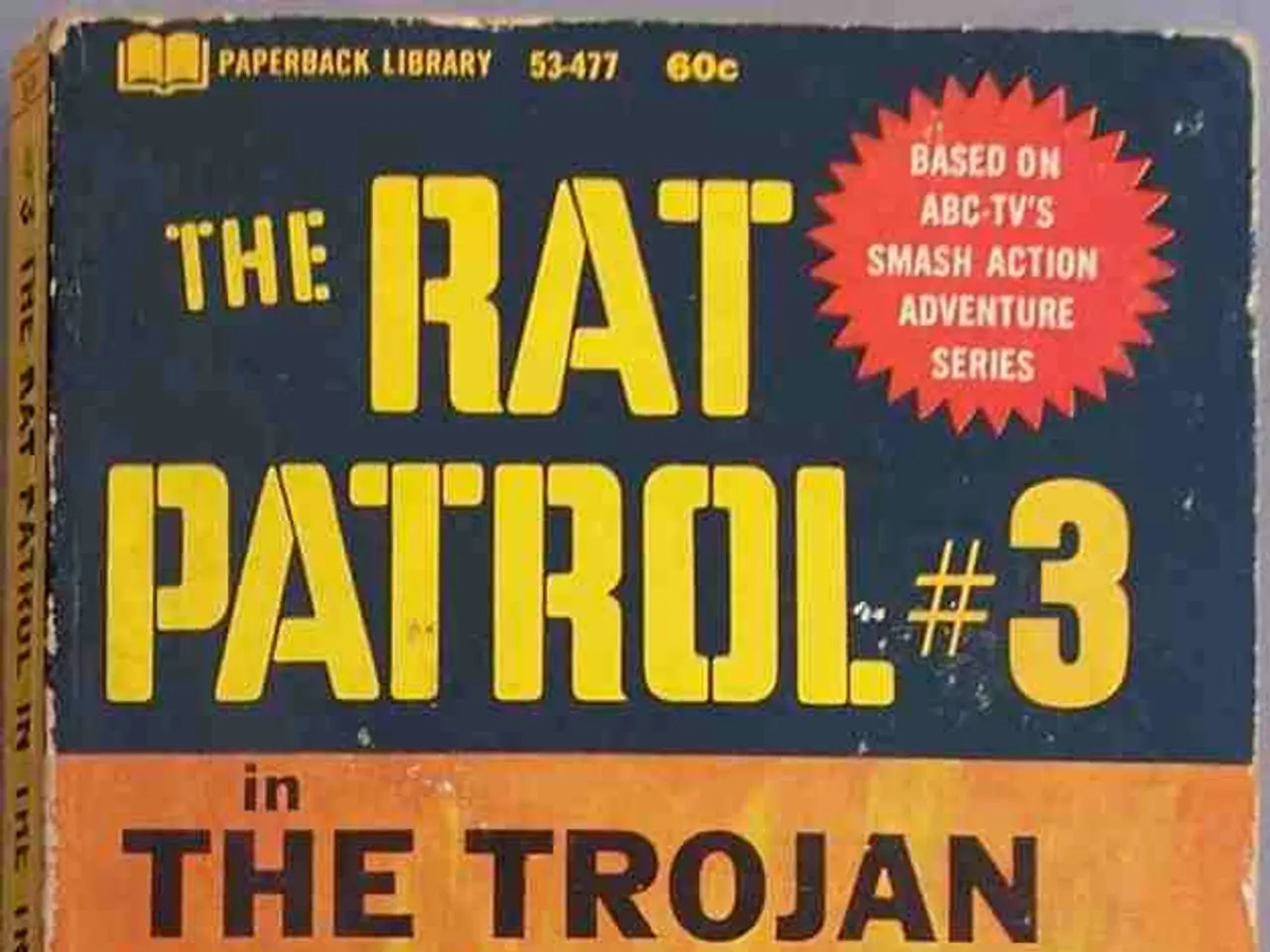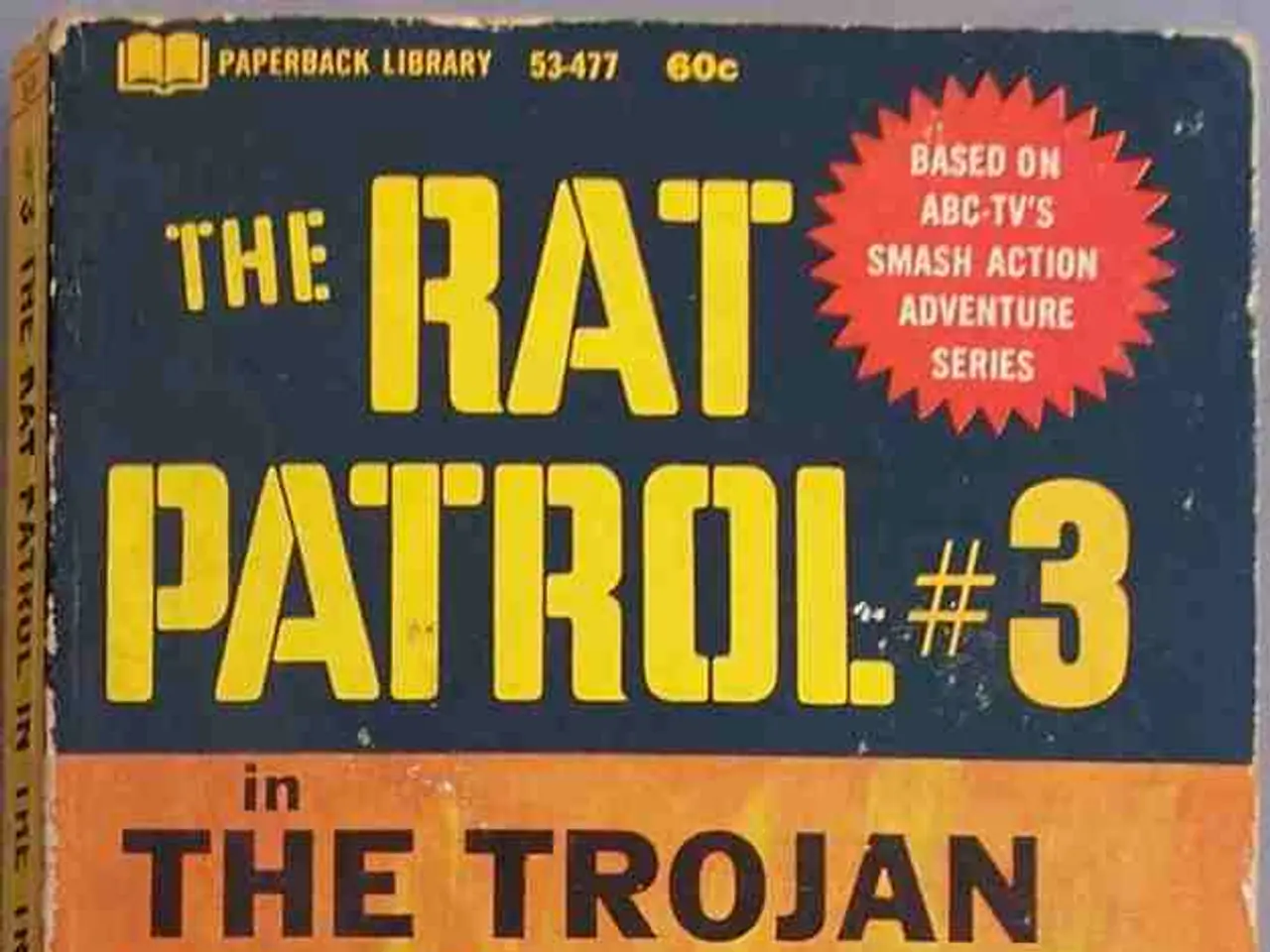Weekly Historical Review: The Disappearing Warden of the Chesapeake Bay - the Skipjack
In the late 1800s, the Chesapeake Bay witnessed the birth of a new workboat designed to dredge oysters in shallow waters using wind power alone. This vessel, known as the skipjack, was a response to the need for a more efficient and cost-effective oyster harvesting solution after the collapse of New England oyster beds made the Chesapeake the oyster capital of the U.S.
Large schooners and bugeyes, initially used for oyster dredging, were too costly, required deep waters, and large crews. Watermen found inspiration in the small, two-sail bateaux used in shallow Bay tributaries, which led to the design of a shallow-draft, centerboard sloop with a large mainsail and jib that could be managed by a small crew [1].
Skipjacks, such as the Rebecca T. Ruark, were purpose-built for this task. They featured expansive working decks, low rails, and were usually around 50 feet long. The Rebecca T. Ruark, built in 1886, is the oldest skipjack still sailing [2].
The skipjack became a vital and iconic workboat deeply tied to the culture of the Chesapeake. Many skipjacks were named to honor the Captain's daughter or wife. The Rebecca T. Ruark, for instance, was named after Captain Wade Murphy II's daughter [3]. Captain Murphy sailed the Rebecca T. Ruark for nearly 40 years and won numerous skipjack races with her [4].
By the mid-20th century, only a few dozen skipjacks remained, and even fewer still dredge oysters. However, the Rebecca T. Ruark has survived over a century of hurricanes, groundings, sinkings, the Oyster Wars, dwindling oyster harvests, the decline of the fleet, and a truck crashing on top of her while docked [5].
The Nathan of Dorchester, another medium-sized skipjack, can carry about 200 bushels of oysters. It is believed to be the last skipjack ever built to dredge under sail, commissioned in 1994 [6]. The Nathan of Dorchester is now used as a floating classroom to educate about skipjack construction, watermen culture, and the Chesapeake Bay ecosystem [7].
The Chesapeake Crossroads Heritage Area, a Maryland Certified Heritage Area, offers a 2025 Historic Summer Bucket List Challenge for family exploration and learning. The area celebrates the history, culture, and natural beauty of Annapolis and Anne Arundel County [8]. Skipjack Heritage Days will be held on September 13th and 14th, 2025, at Sandy Point State Park in Annapolis, celebrating these historic vessels [9].
The Rebecca T. Ruark was designated a National Historic Landmark on July 31, 2003 [10]. Despite its age, the skipjack continues to sail, a testament to its robust design and the dedication of those who maintain it. The skipjack's legacy lives on, not just as a symbol of the Chesapeake Bay's oyster industry and maritime culture, but as a reminder of practical solutions tailored to specific environmental and economic conditions.
References: 1. History of the Skipjack 2. Rebecca T. Ruark: The Oldest Skipjack 3. The History of the Skipjack Rebecca T. Ruark 4. Captain Wade Murphy II 5. The Incredible Story of the Rebecca T. Ruark 6. The Nathan of Dorchester 7. The Nathan of Dorchester 8. Chesapeake Crossroads Heritage Area 9. Skipjack Heritage Days 10. Rebecca T. Ruark Designated a National Historic Landmark
- Despite the initial use of large ships for oyster dredging being too costly and requiring deep waters, watermen of the Chesapeake Bay sought a more efficient solution, leading to the design of the shallow-draft, centerboard sloop called skipjack.
- The skipjack, a iconic workboat of the Chesapeake Bay, has a rich history and has been used not only for oyster dredging, but also as a floating classroom to educate about its construction, watermen culture, and the Chesapeake Bay ecosystem.






